#Japanese books
Text
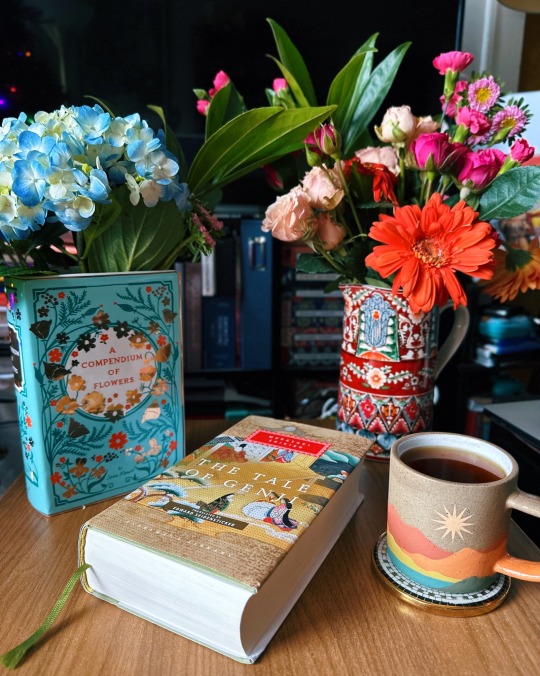
Genji is not a perfect person, but there’s a purity to him, a beauty that’s clearly meant to be lauded, particularly in contrast to later chapters. He’s in love with love, a true romantic, and his sometimes unwise affairs are motivated by a true sense of love. He never abandons one of his lovers, which in this time is crucial. No matter the shame it brings to himself, he tries to find a way to honor the women he’s fallen for. He’s charming. No one can not love him, or ultimately forgive him his faults.
The age of Tale of Genji had strict rules of romance—of how flirtations worked (largely intermediaries and poetry), of how commitments worked, of how aloof vs. present it was appropriate to be (it’s good to commit but bad to hoard or become jealous). It was possible to love too much. Genji is accused of this, but he always remembers to care for the people he is responsible for—once he grows up that is.
Early in the text, he neglects his wife, and he also neglects “the Rokujo lady.” The Rokujo lady becomes so jealous and enraged that her spirit begins to sicken his wife. This ghost returns more than once over the course of the text. She has grown sick from obsession and neglect, and Genji pays the price for it. It’s part of what motivates him to always care for the women he romances for the rest of his life.
Later, in the “Uji” chapters, young Kaoru and prince Niou also love too much. Niou is impulsive like Genji but also flighty, and Kaoru is serious like Genji but also obsessive. Both men pursue the women at Uji with insistence that the text can’t quite forgive as it could for Genji. Both, somehow, go too far—perhaps in their attempts to hoard, or in their impatience.
2K notes
·
View notes
Text
Japanese Reading Resources for Absolute Beginners
A question I encounter often is "How much Japanese should I study before I can begin reading in Japanese?"
From my experience as a learner and reader myself and from managing a Japanese book club for other learners I can honestly say that you can start way earlier than you probably think!
There are many resources that only require knowing hiragana. Those texts usually teach vocabulary through pictures and only use basic grammar.
Some are even simpler than that: The Japan Foundation's Hiragana Books are great for those, who are still remembering hiragana characters. Every short book introduces only 1-2 new characters, so it's a great reading exercise for those who've just started.

The free graded reader 「どうぞ、どうも」 by the NPO Tagengo Tadoku only uses the words 「どうぞ」 and 「どうも」 to write an entire story. Again, this makes for a great exercise in reading hiragana and understanding context. Another "level 0" recommendation by the same NPO would definitely be 「しろい?くろい?」. This book uses the full range of hiragana characters but the grammar is simple and all used vocabulary is illustrated.
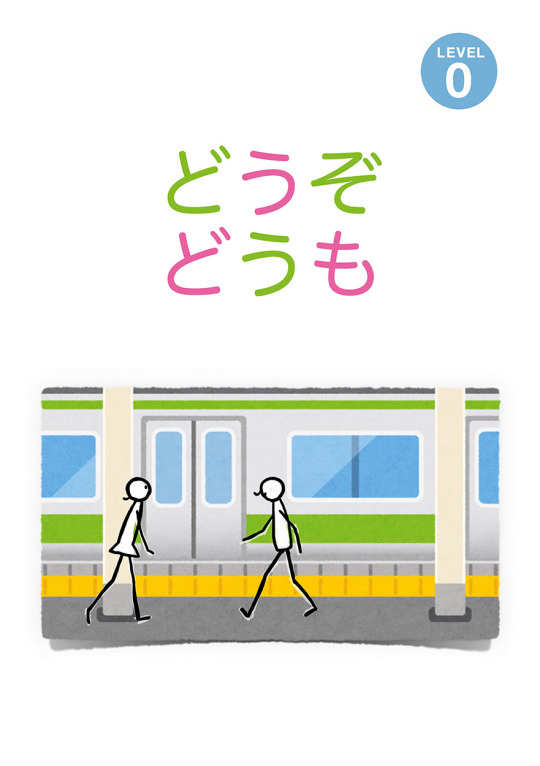
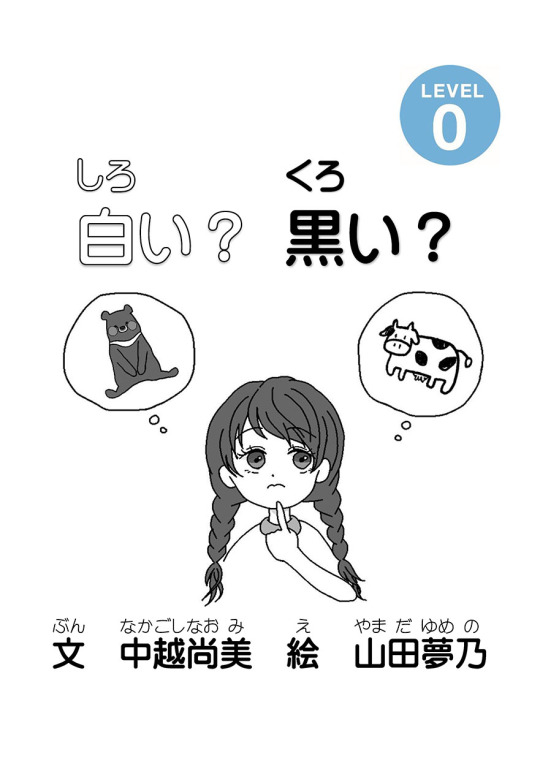
Another site with great resources for absolute beginners is Nihongo Tadoku Dōjō. If you have memorized both hiragana and katakana and know how the particles を and で work you will be able to read this text about stationary (ぶんぼうぐ) and understand everything by looking at the pictures!

The resources linked so far can all be accessed completely free on the linked websites. If you have the money to spare, please also have a look at the box 「スタート」 from the series reberubetsu nihongo tadoku raiburarī published by the NPO Tagengo Tadoku and ASK (affiliate link). This box includes 8 little books in very simple Japanese.
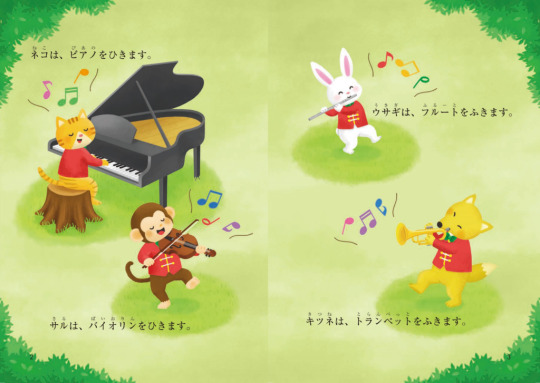
All these texts for absolute beginners will get you started reading in Japanese with very little knowledge of characters and vocabulary.
Reading in Japanese is a skill that requires practice. But once you get used to it, it can be such a valuable tool to reinforce new vocabulary and grammar. So please don't wait until you're "ready" before you start reading - start early at your own level!
#my book reviews#reading in japanese#study japanese#learning japanese#日本語#japanese books#やさしい日本語#free graded readers#free tadoku graded readers#nihongo tadoku dōjō#absolute beginner level#japanese langblr#japanese language#japanese reading comprehension#japanese free reading resources#japanese reading resources
642 notes
·
View notes
Text

my rainy days (2009)
#books and literature#english literature#dark academia literature#dark academia quotes#dark academia#tumblr aesthetic#literature#art aesthetic#books & libraries#booksbooksbooks#japanese movies#japanese books#japanese literature#asian movies#asian books#rain aesthetic#rainy days#rainy evening#light academia moodboard#light academia movies#light academia aesthetic#cottagecore aesthetic#cottage core aesthetic#infp quotes#infp thoughts#literature quotes
470 notes
·
View notes
Text


one of my favorite ways to study is by copying down the short stories in the back of the genki textbook for writing practice, and translating it as i go~
#studyblr#study blog#langblr#langblog#japanese langblr#japanese language#japanese#studyinspo#study motivation#study aesthetic#japanese kanji#study tips#japanese books#genki ii#study desk#student blog
167 notes
·
View notes
Text
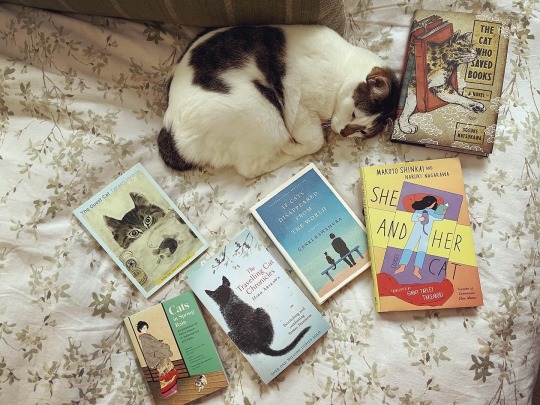


My sweet, sweet baby 😻
#godzilla reads#my pets#karma#books and cats#japanese literature#Japanese books#cat books#booklr#bookworm#bookish#book blog#bibliophile
747 notes
·
View notes
Text
My kanji is terrible and I recently learned about the book by Andrew Scott Conning.
The Kanji Learner Course is an amazing book for learning kanji, the best thing about it which made me buy it was the fact that it explains how to remember every single kanji like a teacher.
I have only done till the first 100 kanjis for now but it's definitely a wonderful book!
I highly recommend buying it if you want a comprehensive kanji book.


#japanese#japanese language#jlpt#jlpt n2#languages#studyblr#studying#japanese books#language learning#study with me#kanji#japanese kanji#andrewscottconning#kanjicourse
76 notes
·
View notes
Text
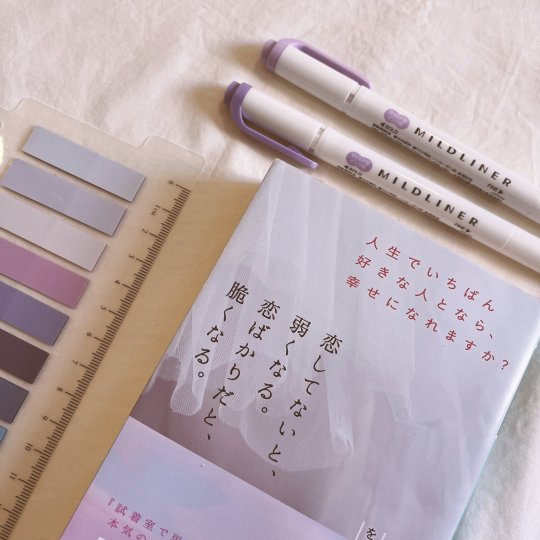

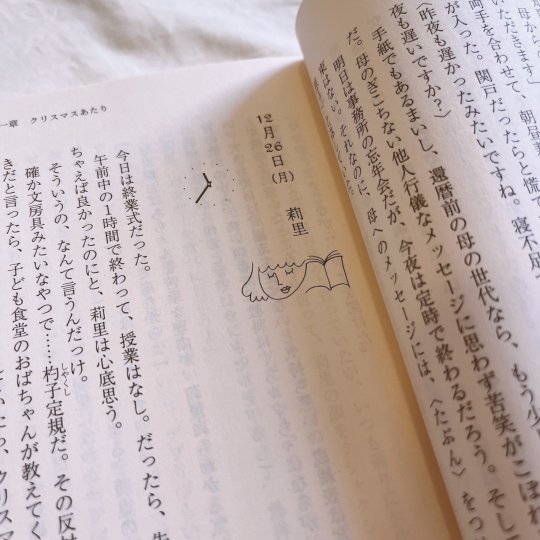

読書の必需品
#japanese#japanese language#learning japanese#learn japanese#japanese book#日本語#にほんご#japan#bookblr#langblr#reading in japanese#読書#Books#japanese books
44 notes
·
View notes
Text

Jomp Book Challenge || February 10 || Japanese Literature #ownvoices
Just got this book today at a book store on Granville street, Vancouver. So far, I read half of Susuke Natsukawa’s, Kokoro. I am excited to read this book after reading the full book of Kokoro! Japanese literature dives into the character and tells the story through there eyes, ears, and thoughts. Can’t wait to see how this one will turn out ! ❤️
188 notes
·
View notes
Photo


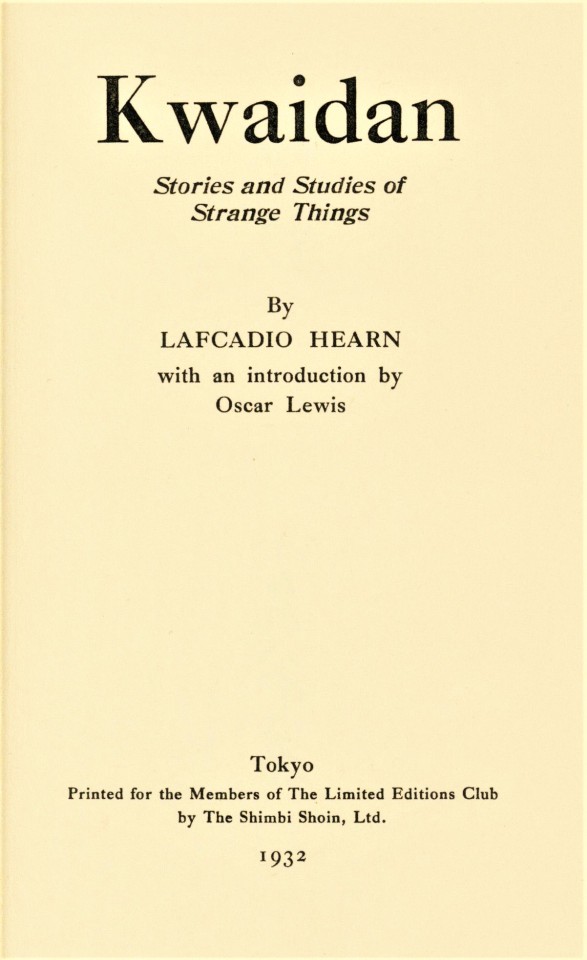


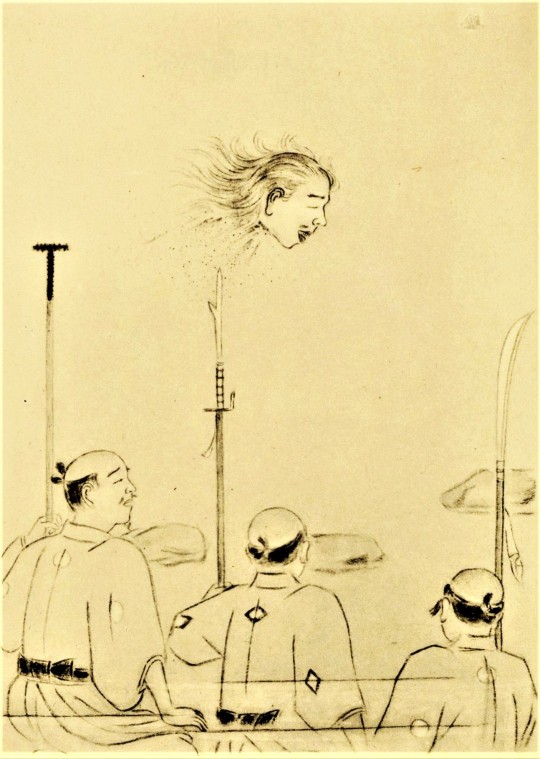


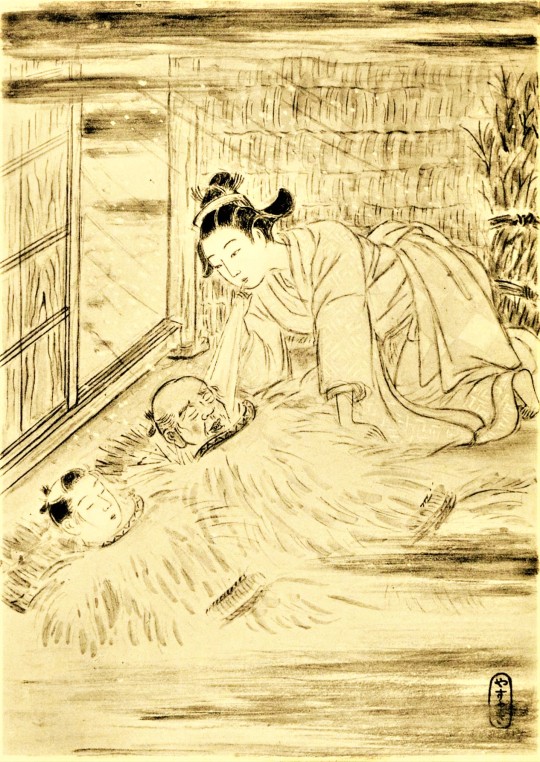

Fine Press Friday!
As promised in yesterday’s post, today we present a fine press edition of, Kwaidan: Stories and Studies of Strange Things, by Lafcadio Hearn (1850-1904), illustrated by Yasumasa Fujita, designed and printed by the Shimbi Shoin, LTD. of Tokyo, Japan for The Limited Editions Club in1932.
This edition is richly illustrated with twenty full-page illustrations by Yasumasa Fujiata. The first two illustrations are original wood-block prints, which required fifty color impressions to create the two images. The rest of the eighteen images are collotype reproductions of the artist’s originals. The decorated end sheets are also appear to be block printed in a light blue.
The text was set by hand in old-style English character and printed on hand-made Japanese paper that has been watermarked specially for this book. The book is bound with a stab binding in silk-sewed Japanese brocade and the case has been wrapped in silk. This is one of an edition of 1500 copies with a facsimile of artist’s signature and seal. .


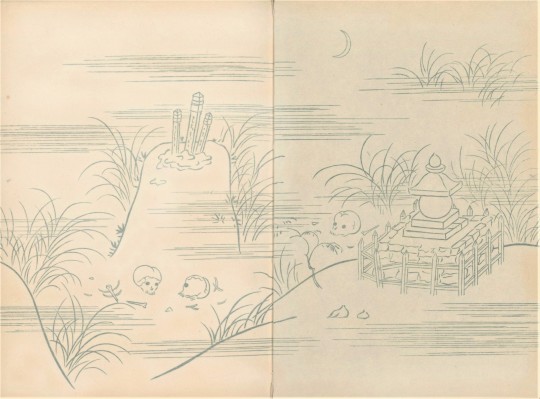
Use this link for more Limited Editions Club posts!
Use this link for more Fine Press Friday posts!
-- Teddy, Special Collections Graduate Intern.
#Fine press friday#Fine Press Fridays#Kwaidan#Lafcadio Hearn#Yasumasa Fujita#LEC#Limited Editions Club#stab binding#Japanese books#japanese illustation#Watermarks#Fine press books#Hand-made paper#Woodcuts#Wood-block prints#Mokuhanga#Teddy#Oscar Lewis#Shimbi Shoin#The Shimbi Shoin of Tokyo#Japan#Printmaking#Callotype#Old-style English Type
297 notes
·
View notes
Text

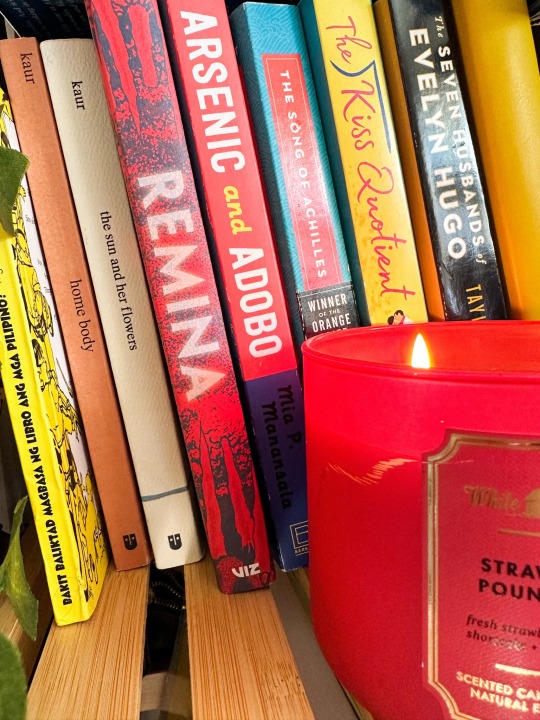


current state of affairs
i just love how my room looks during warm weather... ☀️
#computer engineering#computer engineering major#comp sci#computer science#linux#japanese books#books#bookshelf#calculus#arduino#engineering#pythin#data structures and algorithms#studyblr#study motivation#room ideas#spring clean#spring vibes
116 notes
·
View notes
Text
For those who read widely and take an interest in Asia — likely readers of this article — chances are they will have picked up a book put out by Tuttle Publishing at one time or another.
History of Tuttle Publishing
While the Tuttle family business can be traced back to 1832, making it one of the oldest American publishers still in operation, according to the company, the Japan presence was established in 1948 when Charles Tuttle, noticed a gap in the market.
Initially arriving in Japan to work in the newspaper industry as part of the American Occupation, Tuttle later began importing American books for U.S. troops stationed in the country, and ferrying Japanese books back to the United States for interested readers.
He later opened what was reportedly Tokyo's first English-language bookstore, before publishing thousands of Asia-focused books himself. Before his death, Tuttle was awarded the Order of the Sacred Treasure by Emperor Showa for his work.
Tuttle Publishing and Japan
Tuttle’s longtime presence in the market means it has an extensive back catalog that is now in high demand, fueled by the current boom in interest in Japanese culture. As interest in Japanese authors has grown, so has demand for Tuttle's early print editions.
“Because they’re hard to get hold of ... they can go for silly prices sometimes, because people collect them or tourists want Japanese literature,” he said. Tourists in particular go straight for them, as they’re hungry for Japanese stories to take home as souvenirs.
Prints vs Digital and AI
Despite people long decrying the death of print or the end of books, the publishing industry is growing stronger. During the pandemic in 2020, Tuttle saw a surge in book sales, and while this has subsided somewhat, “book sales are now higher than before the pandemic.”
Personally, although reading digitally on tablets is much more convenient and save space on bookshelf, the feeling of holding something physical, the smell of books and the sense of detachment from the world in going offline is something that readers love.
Below are 10 books that I have read from Tuttle Publishing that I would recommend those who are interested in Japanese culture.
A Brief History of Japan
The perfect book to understand Japan's history as it sums up everything concisely, not too brief and not too detailed.
A History of Japan in Manga
If you're not into reading books full of texts and more of a visual reader, then this one is for you as it's explained with manga.
The Heikei Story
The defining moment in history where the warrior class Samurai began to rise to its prominence to overthrow the Imperials.
Hiroshige's Japan
Join a French artist as he explores the old Tokaido Road that once connected Edo (Tokyo) and Kyoto as he shares his illustrations.
Japan Journeys
A collection of woodblock printing art which journals the travelers experience in Edo Period moving from one prefecture to the other.
My Travels in Japan
A cute travel diary which accounts her travel experience in modern Japan which consists of illustrations of places she visited.
Japan in 100 Words
Everything you need to know about Japan, from its culture, tradition, philosophy, food and pop culture, categorised into 100 sections.
Samurai Castles
History and design of the architecture of the iconic castles, which shows the uniqueness of each castle with photos and drawings.
Manga Yokai Stories
The short stories of Yokai and how they came to be, which are meant to demonstrate the humanity and tragedy of life.
Lady Murasaki's Tale of Genji
A story written by a Heian woman who envisions her version of an ideal man and depicts the life in the Imperial court of her time.
#tuttle publishing#japanese books#japan#book recommendations#japanese culture#japanese history#japan times#manga#japan travel#japanese art
14 notes
·
View notes
Text
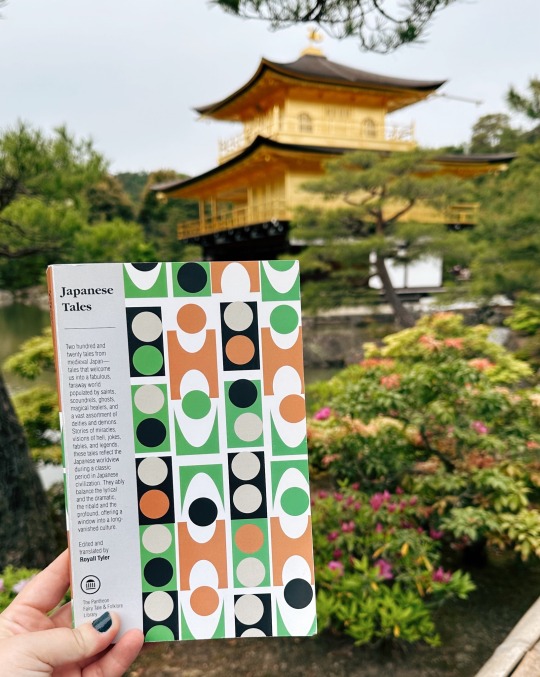
My partner got me Japanese Tales, edited and translated by Royall Tyler, for our trip to Japan this past spring. The volume accompanied me to Tokyo, to the old city of Kyoto, and to a hotel high above Osaka. In fact, it got relatively soaked in Kyoto rain on our visit to the Fushimi Inari shrine, so there's plenty of Japan still deep in its pages. But I didn't finish it in Japan—I finally went back and finished it this month.
Like other reviewers, I have to mention that yes, some of the tales are very dry, while others have strange translation choices, either including overly modern slang or even, Tyler mentions, "summarizing." But these are true folktales, not the spiced up modern fairytales, and Tyler tried to specifically gather tales that had been written down in olden Japan. So this collection really does show a glimpse into the stories that were once told "around the fire," and offers a fascinating look into Japanese folklore. Still, I think the volume could have been shortened—many topics were split in two but I found that Part I almost always had the best tales.
Favorites included different renditions of the girl born of a bamboo shoot, who would inspire Ghibli film The Tale of the Princess Kaguya; a couple ribald tales of tricks and caught-out affairs; many stories of everyday wisdom—the old man or chaotic stranger who turns out to be spirit or magical, my favorite of which was "The Old Mackerel Peddler"; a story where a bunch of men get their "members" stolen when they try to sleep with the magistrate's wife; some lovely fox spirit stories; and many wonderful stories where a person helps a helpless animal (usually a turtle) and gets their good deed well repaid.
Content warnings for sexual assault, pedophilia, animal cruelty, violence, ableism.
17 notes
·
View notes
Text
Short Story Collections for Learning Japanese
Short stories are very popular with language learners – and rightly so. Being able to finish even a short tale aimed at native speakers will feel like a great accomplishment.
I had a look at three approaches for intermediate and advanced learners to enjoy Japanese short stories. For each I can also recommend a few matching short story collections:
Short Stories in Easy Japanese

Japanese Short Stories with English Annotations

Parallel Readers

I give my more detailed thoughts on all these short story collections for learning Japanese in my blog post. You can find it here:
#my book reviews#reading in japanese#study japanese#learning japanese#japanese books#easy japanese#graded reader#intermediate Japanese#intermediate to advanced#Japanese classic literature#Japanese literature#Japanese short stories#native material#parallel reader#short story
247 notes
·
View notes
Text
There are books that describe really important topics but at the same time they are so uncomfortable for me to read. But not because of the topic itself (which would be actually better because that would mean that I have to face something new and grow) but because of the side things like vulgarity, eroticism and sexuality.
I have two particular books in mind: „Walking practice“ by Dolki Min and „Norwegian Wood“ by Haruki Murakami.
The first one talks about what it means to be human and nonbinary in the binary world and how the binary world works in the mind of a nonbinary spectator.
The second one is an amazing struggle with mental illness and how it is to function in a relationship with a person who struggles. It shows many feelings and problems but also what it means to live in a reality if it actually exists.
But both of them were explicitly (and sometimes extremly) sexual. Needlessly sexual for me.
There was too much intercourse in the „Norwegian Wood“ but while reading „Walking practice“ I felt actually repulsed by the erotic descriptions. Moreover I really felt like it didn’t bring anything to the narrative.
Vulgarity has to play a role to be used but for me it looked like really tasteless sprinkles on top of an important story (here I’m talking speciafically about „Walking practice“). Yes, I’m speaking from the perspective of the aroace person. That’s why even though the sex scenes bugged me a bit, I can accept that it’s a way of displaying deep affections in the „Norwegian Wood”.
Meanwhile the vulgar sexuality of „Walking practice“ made me really uncomfortable not in a I-m-growing-as-a-person uncomfortable but in a I-want-to-stop-reading-immidiately way. Which is sad because as I stated before I consider the story extremly important in the discussion about binary vs nonbinary culture.
#books#japan#japanese#japanese literature#literature#south korean literature#dolki min#walking practice#haruki murakami#norwegian wood#haruki murakami Norwegian wood#Dolki min walking practice#south korean books#south korea#Japanese books#nonbinary#mental illness#mental struggle#book review#critical review
19 notes
·
View notes
Text

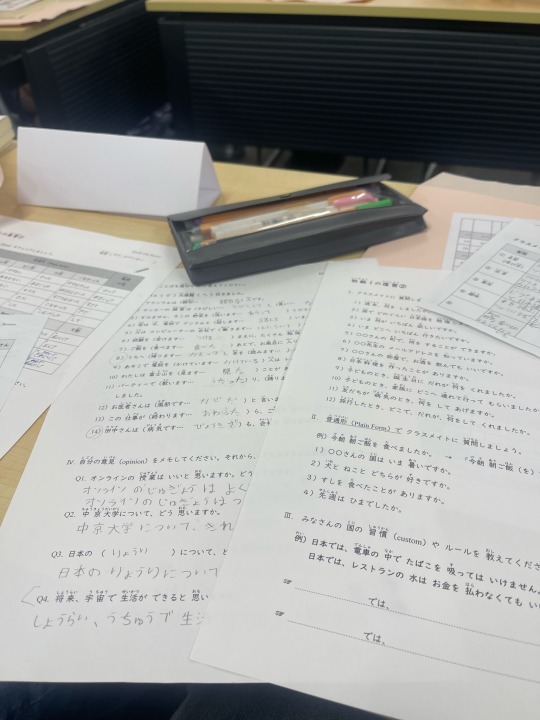
日本で日本語の授業 | japanese class in japan
#studyblr#study blog#langblr#langblog#japanese langblr#japanese language#japanese#studyinspo#study motivation#study aesthetic#language blog#language learning#language#japanese kanji#japanese books#learning japanese#japan#student life#study abroad
71 notes
·
View notes
Text
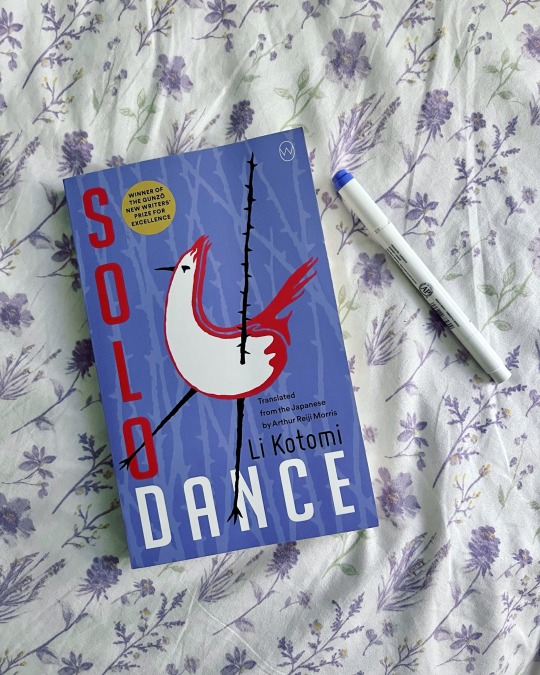
After being thrown back into my love of Japanese literature by reading Hiro Arikawa and Satoshi Yagisawa, I’m going to be starting to read “Solo Dance” by Li Kotomi (trans. Arthur Reiji Morris).
#godzilla reads#solo dance#li kotomi#Arthur reiji morris#book blog#reading#translated literature#japanese literature#Japanese books#booklr#bookworm#bookish
22 notes
·
View notes